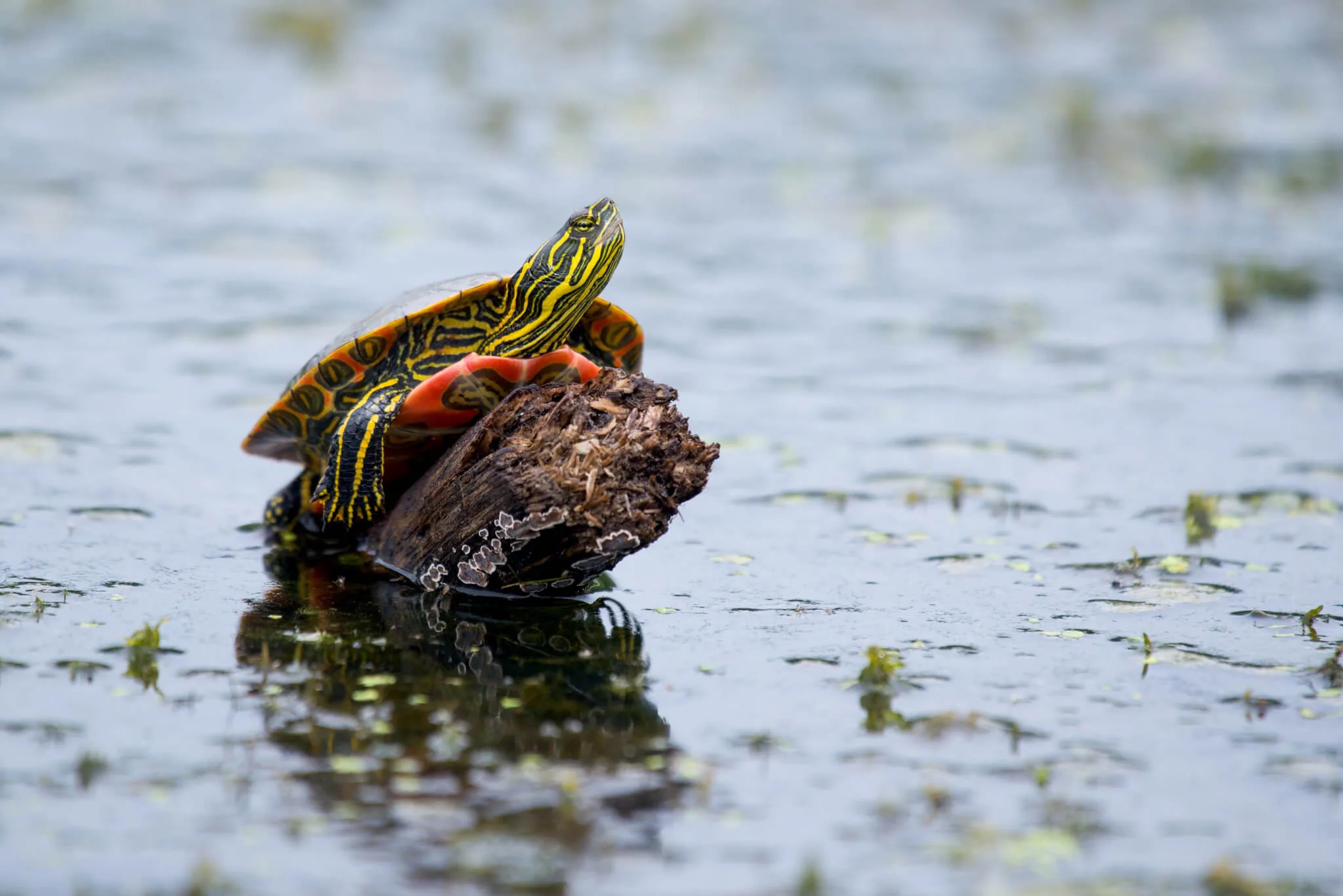
LOUISIANA—Jessica Gauley has always felt most at home in the Honey Island Swamp. Her parents brought her to the 70,000 acre wetland near their home in Pearl River, Louisiana, before she could walk. By the time she was 9 years old, she and her best friend would spend all day exploring the swamp, paddling in their pirogue canoe from dawn until dusk.
“I just remember being out [in the swamp] all the time. It’s where my memories are,” she told Atlas Obscura in an interview.
Back as an adult, she has taken it upon herself to restore part of the wetland that was forbidden to her as a child. Poisonous pollutants from industrial plants had turned nearly 10 acres of the healthy, primeval swamp into a toxic wasteland. She doesn’t own the land she wants to save, but is willing to take the risk.
Gauley calls the area the ‘kill zone’ because of the contaminants’ toll on the local wildlife.
“When I was growing up, it was red sludge back there. We were told don’t look at it, don’t breathe it, don’t go near it,” she said in an interview with the Daily Yonder.
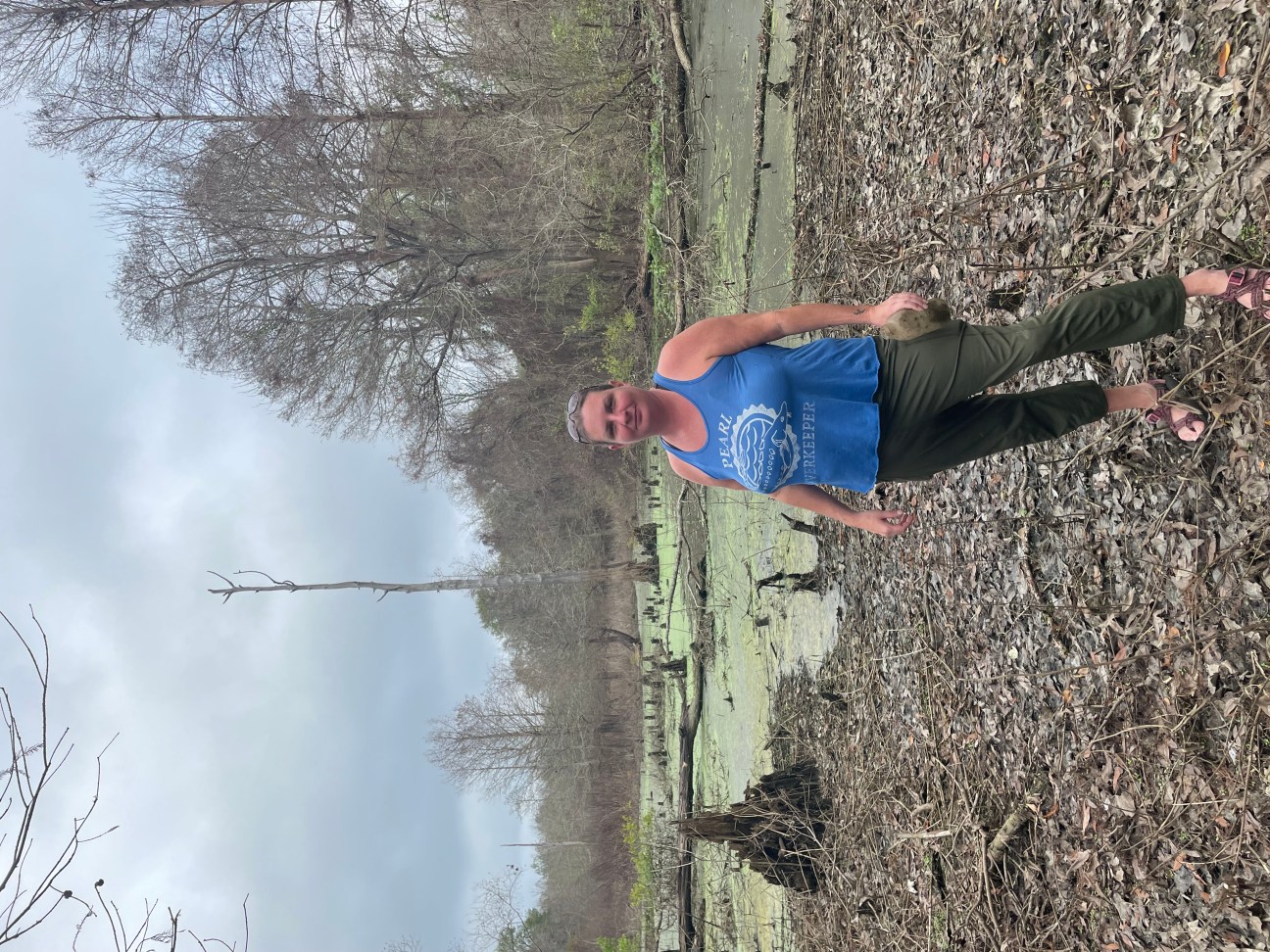
When she revisited the area in 2014 in search of new routes for her kayak tour company, she was astonished to see the swamp was coming back to life. Since then, she has been working to restore the swamp by cleaning out trash, getting rid of invasive species, and replanting native cypress trees.
The Honey Island Swamp is part of a vast coastal forest ecosystem that is critical to the environmental and economic health of southern Louisiana. Centuries-old cypress and tupelo trees rise from the water, hosting wildlife from Bald Eagles and alligators to black bears and wild boars. But according to the International Conservation Caucus Foundation (ICCF) Louisiana’s wetlands are rapidly deteriorating.
Coastal forests are one of the most important ecosystems in southern Louisiana. According to ICCF, the uniquely adapted environment provides a host of benefits, including flood water retention and protection from hurricanes and storm surges. Louisiana’s wetlands are also responsible for nearly half of North America’s annual carbon sequestration, a natural process which removes carbon dioxide from the air and is critical in combating global warming.
For Gauley, the restoration of the kill zone is a personal mission. But it is also part of something much larger.

Repairing coastal forests has become a priority for Louisiana’s state government in recent years, according to Chris Macaluso, the director for the Center for Marine Fisheries with the Theodore Roosevelt Conservation Partnership. He wrote that Louisiana’s Coastal Protection and Restoration Authority spent at least $15.8 million from 2011 to 2019 to preserve the state’s wetlands, including an initiative to buy wetlands from private landowners to ensure the habitats are protected.
Bringing the Kill Zone Back to Life
Gauley first became interested in ecosystem restoration in 2011 after a malfunction at a Temple Inland paper mill in Bogalusa caused high quantities of a toxic byproduct, known as black liquor, to be spilled into the Pearl River. The spill continued for four days, lowering the oxygen levels in the water and resulting in the death of over 500,000 fish, according to the Environmental Protection Agency.
“We were just watching our river die for days,” Gauley said.
This disaster motivated her to get involved in local conservation efforts, and eventually led her to join the board of Pearl Riverkeeper, an environmental non-profit founded in 2017 that hosts the annual ‘Pearl River Clean Sweep’—a yearly event that deploys thousands of volunteers to clean 490 miles of river.
Like the 2011 fish-kill, the damage to the kill zone was the result of toxic industrial waste. A company called the Pearl River Wood Preserving Corporation produced a highly toxic chemical called creosote in the area in the 1970s. A plastics company called Pearl River Polymers, Inc. was later located on that same property.
Gauley believes that the kill zone was used as a holding pond for chemical run-off, which could explain the red sludge she remembers seeing as a child. The Daily Yonder wasn’t able to independently verify that the site was in fact a dedicated holding pond tied to a specific company.
But unlike the fish-kill, which resulted in criminal prosecution of Temple Inland and a massive clean-up effort, the contamination in the kill zone was left unaddressed.
That is, until Gauley wandered back to the area and saw how much it had changed.
“I started coming back here, and I noticed it was on the rebound,” she said.
Where there had been a muddy wasteland, the area was now covered in water and invasive plants like water hyacinth. But native species like alligators had also returned.
“I saw this wildlife out here, and it was just beautiful. But [the swamp] was full of trash.”
 An alligator in the kill zone. (Photo courtesy of Jessica Gauley).
An alligator in the kill zone. (Photo courtesy of Jessica Gauley). Black bellied whistling ducks in the kill zone. (Photo courtesy of Jessica Gauley).
Black bellied whistling ducks in the kill zone. (Photo courtesy of Jessica Gauley). The kill zone after Gauley began to clear the invasive water hyacinth. (Photo courtesy of Jessica Gauley).
The kill zone after Gauley began to clear the invasive water hyacinth. (Photo courtesy of Jessica Gauley).
Gauley began cleaning up the kill zone, one kayak-load of trash at a time. After four years of collecting trash by herself, a tour group she was leading offered to help her. Gauley eagerly accepted.
“We made so much progress that day. And that was the catalyst day where I thought, okay, we’re going to clean up this swamp.”
But the challenges were far from over. The invasive water hyacinth spread, and the swamp remained flooded for several years, limiting Gauley’s ability to clean up. In 2020, she was able to remove underbrush that had prevented the swamp from draining, which also helped clear the land of water hyacinth and made it possible to plant cypress trees, which only germinate on dry land. But the receding water revealed even more trash, including more than 85 tires that had been dumped over the years.
So Gauley got more help, from volunteers, non-profits, and local politicians.
The former mayor—a close family friend of Gauley’s—helped clear space so that she and other volunteers could bring four-wheelers and ropes to pull the tires out of the mud. She also began hosting community clean-up days coordinated by Pearl Riverkeeper. Other local politicians, including Pearl River’s municipal council members, have volunteered to help clean trash for several years.

Over 85 tires were removed from the kill zone by volunteers in 2020. (Photo courtesy of Jessica Gauley).
Volunteers removing tires from the kill zone in 2020. (Photo Courtesy of Jessica Gauley).
“Most of the politicians have always been on board helping me. And this past year was an election year, so literally everyone showed up,” Gauley said.
In recent years, Gauley has begun planting cypress seedlings donated by a landscaper in Washington Parish. This is a critical step in restoring the kill zone as a wildlife habitat.
But all this work could be easily undone at the whim of the landowners, whom Gauley was unable to identify for years.
In November, the Daily Yonder found that the area Gauley calls the kill zone belongs to a family trust.. This private trust has not given Gauley permission to clean up the land. But they haven’t stopped her either.
Gauley says she hasn’t been secretive—she’s been bringing truckloads of people to the area for years, and she doubts the landowners, who live near the property, could have missed it. Still, she worries constantly that all this effort will be for nothing.
“One of my biggest fears is that I’m going to do all the work without actually owning the property, and It’s all going to be destroyed anyway,” she said. “But seeing something that was so devastated coming back to life, I feel like it’s worth it to at least try.”
The Resurrection
The kill zone still has a long way to go, but Gauley has already started workshopping a new name for the area: the resurrection swamp.
After she finishes restoring the land, Gauley says she would liketo build an educational boardwalk to teach visitors—from school children to international tourists—about the importance of southern Louisiana’s wetlands.
“Our wetlands are one of the fastest dying ecosystems on the planet right now. And I feel like it’s important to bring that education to the younger generations, so that they know why we need our wetlands,” Gauley said.
She also believes remediating the land is important for its own sake. Unlike official conservation areas, the kill zone is not pristine or protected. Instead, it displays the full range of effects that human intervention can have on an ecosystem: from total destruction to caring restoration.
To Gauley, the damaged area is no less important than the rest of the swamp. “It’s a personal passion project,” she said. “I just want to see it be what it’s supposed to be.”
At the same time, Gauley knows this dream won’t be fully realized in her lifetime. It takes cypress trees decades to reach their full growth, and the kill zone won’t develop into a wholly mature swamp ecosystem for centuries. But that doesn’t dampen Gauley’s spirits.
“I always tell my tour groups, if you come back in 300 years, I have reservations for everyone,” she joked.
But when asked why she puts so much effort into land that isn’t hers, Gauley turns serious.
“It’s bigger than me, and [the resurrection swamp] is going to exist when I’m not here anymore. To me, that’s worthwhile work.”
This article first appeared on The Daily Yonder and is republished here under a Creative Commons license.
Politics
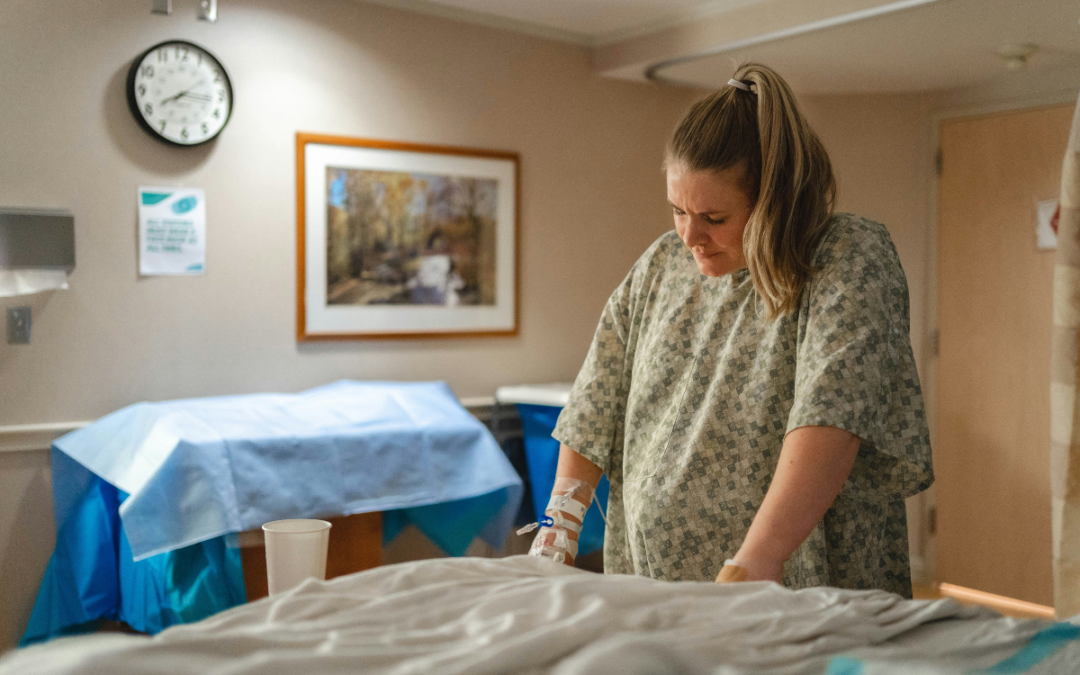
It’s official: Your boss has to give you time off to recover from childbirth or get an abortion
Originally published by The 19th In what could be a groundbreaking shift in American workplaces, most employees across the country will now have...
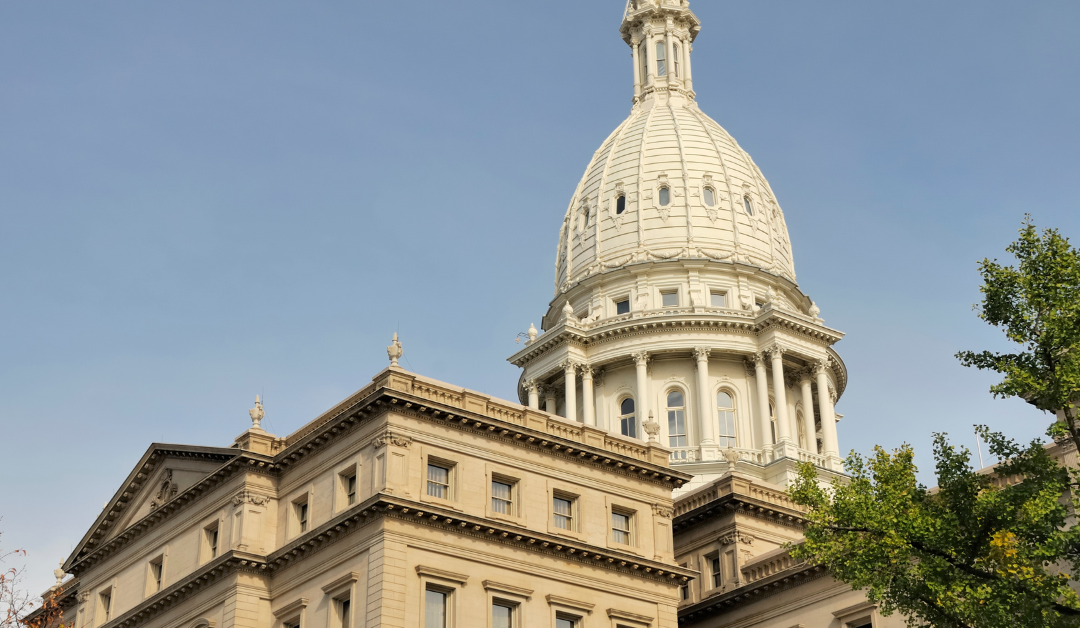
Michigan Dems win special elections to regain full control of state government
LANSING—Democrats won back a majority in the Michigan House and restored their party's full control of state government Tuesday thanks to victories...

Trump says he’s pro-worker. His record says otherwise.
During his time on the campaign trail, Donald Trump has sought to refashion his record and image as being a pro-worker candidate—one that wants to...
Local News
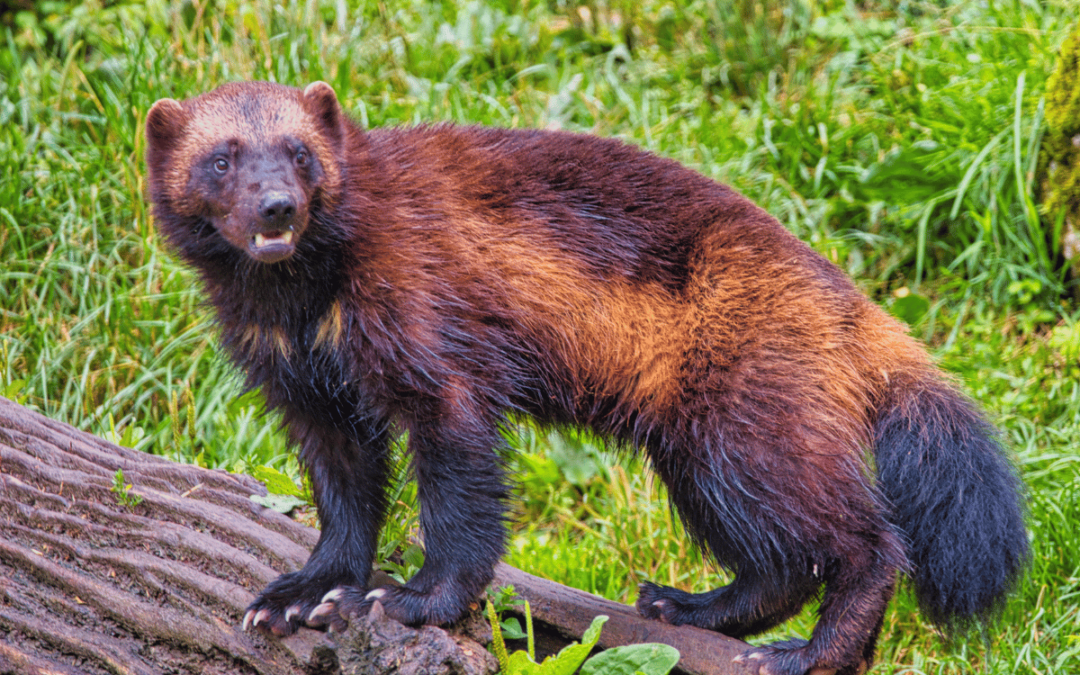
That one time in Michigan: When we became the Wolverine State
How did Michigan become tied to an animal that's practically nonexistent there? Among the many nicknames that the state of Michigan has, arguably...

Readers’ Choice: Top 5 Bowling Spots in Michigan
From retro lanes — including one of the oldest running bowling alleys in the country — to modern entertainment centers, there's something for...

 An alligator in the kill zone. (Photo courtesy of Jessica Gauley).
An alligator in the kill zone. (Photo courtesy of Jessica Gauley). Black bellied whistling ducks in the kill zone. (Photo courtesy of Jessica Gauley).
Black bellied whistling ducks in the kill zone. (Photo courtesy of Jessica Gauley). The kill zone after Gauley began to clear the invasive water hyacinth. (Photo courtesy of Jessica Gauley).
The kill zone after Gauley began to clear the invasive water hyacinth. (Photo courtesy of Jessica Gauley).





